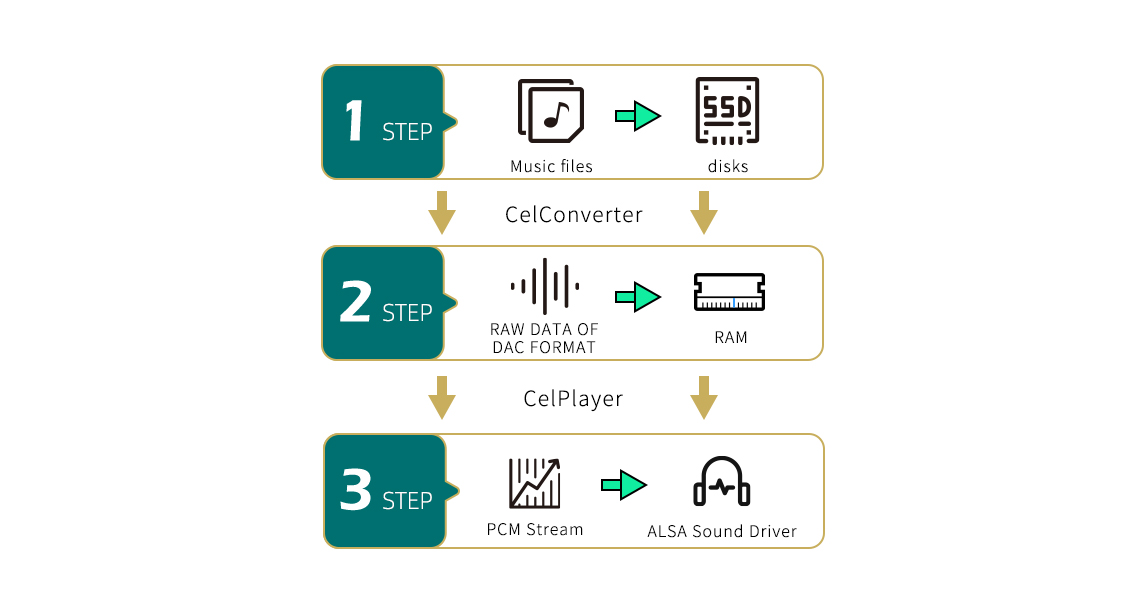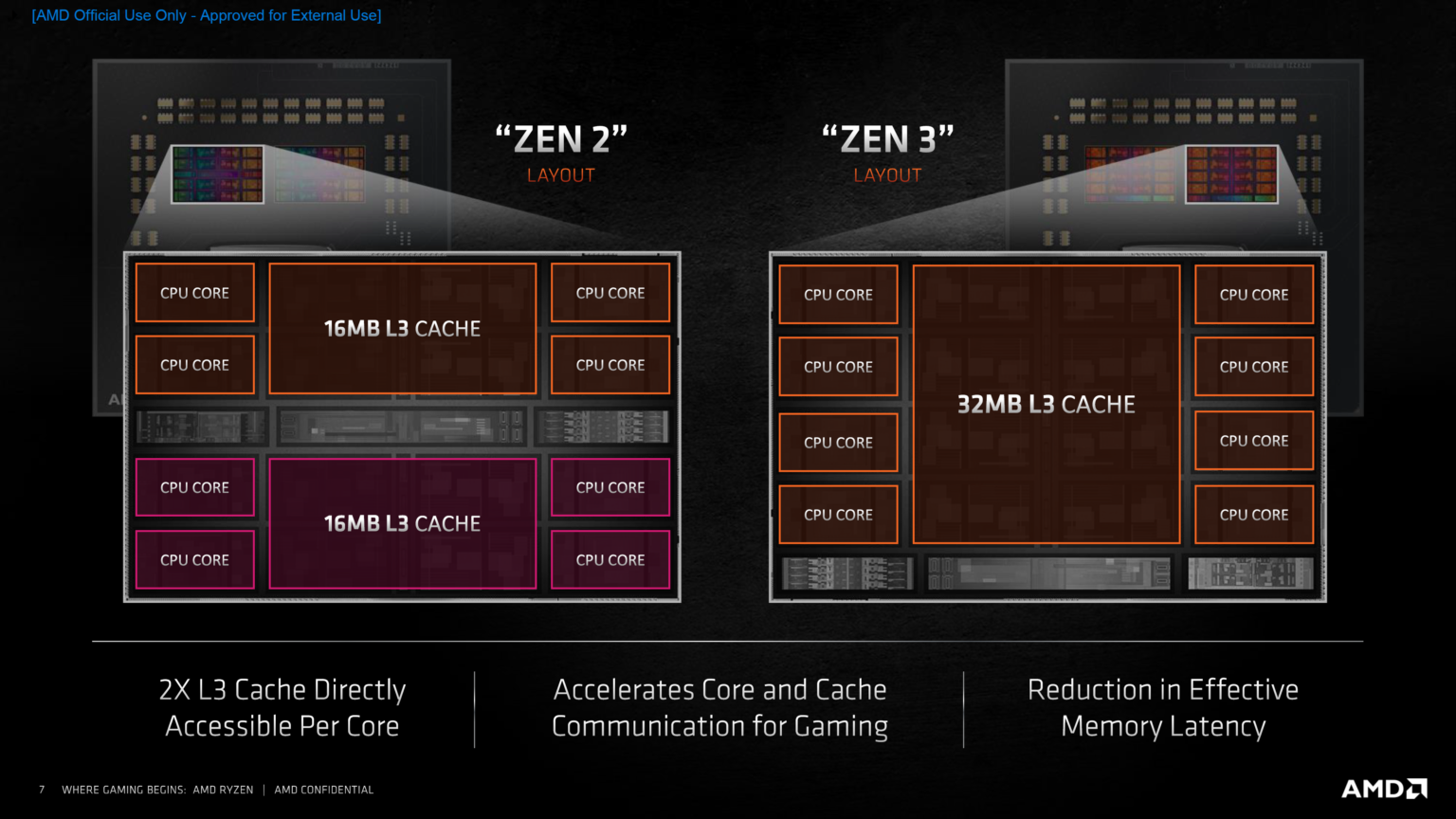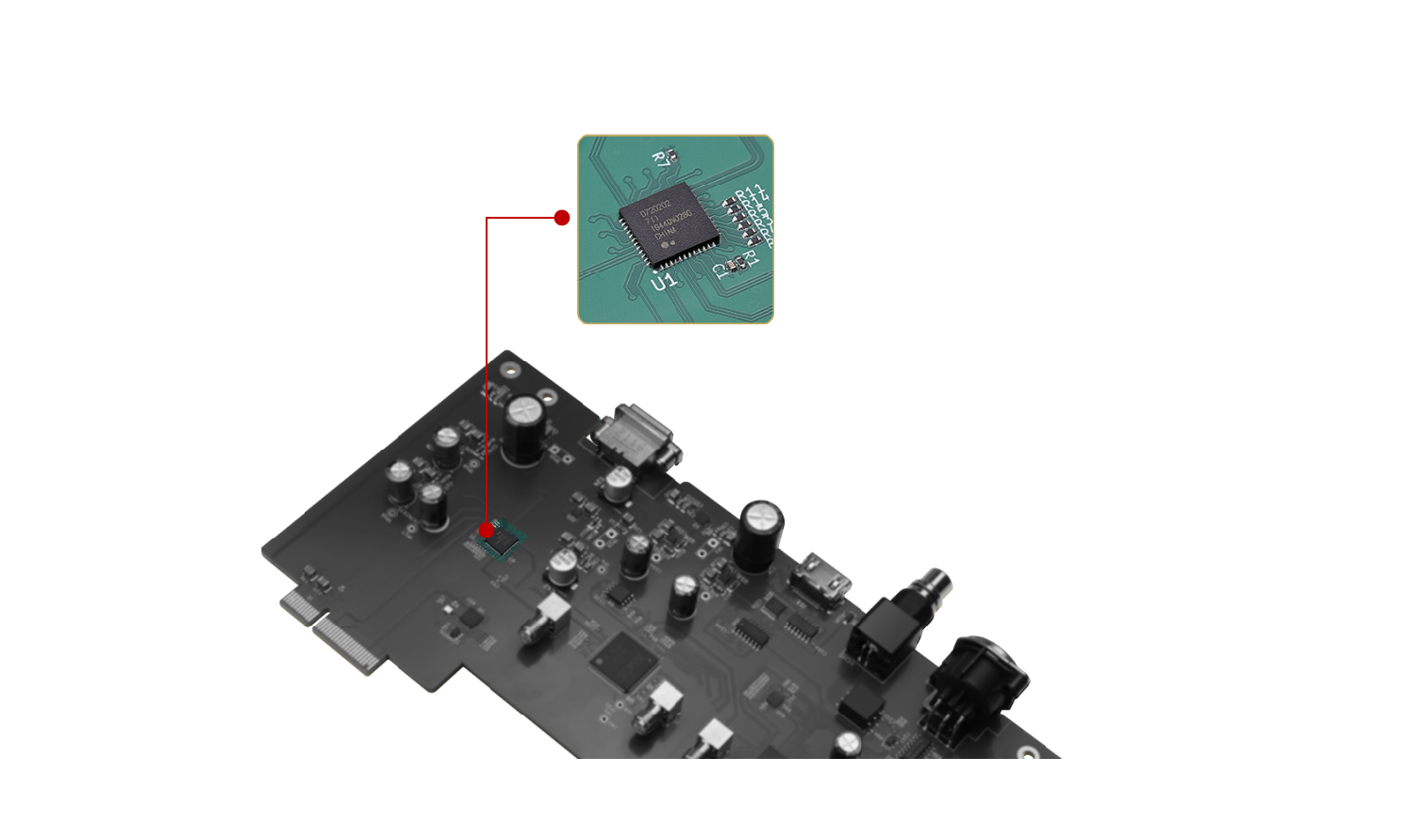Low Latency For HiFi Systems
Low Latency is one of the key to achieve high sound quality in digital playback systems.
- CPU performance: CPU performance determines the response speed of the system. The higher the CPU performance, the faster the response speed of the system, and the lower the Latency.
- Bus rate: The bus rate determines the transmission speed of the system. The higher the bus rate, the faster the transmission speed of the system, and the lower the Latency.
- Audio decoding: Audio decoding is the most time-consuming part in the digital audio player system. The higher the performance of audio decoding, the lower the Latency.
- Algorithms and implementation methods of writing audio stream to hardware: Algorithms and implementation methods of writing audio data to hardware determines the writing speed of the system. It affects Latency very much.




